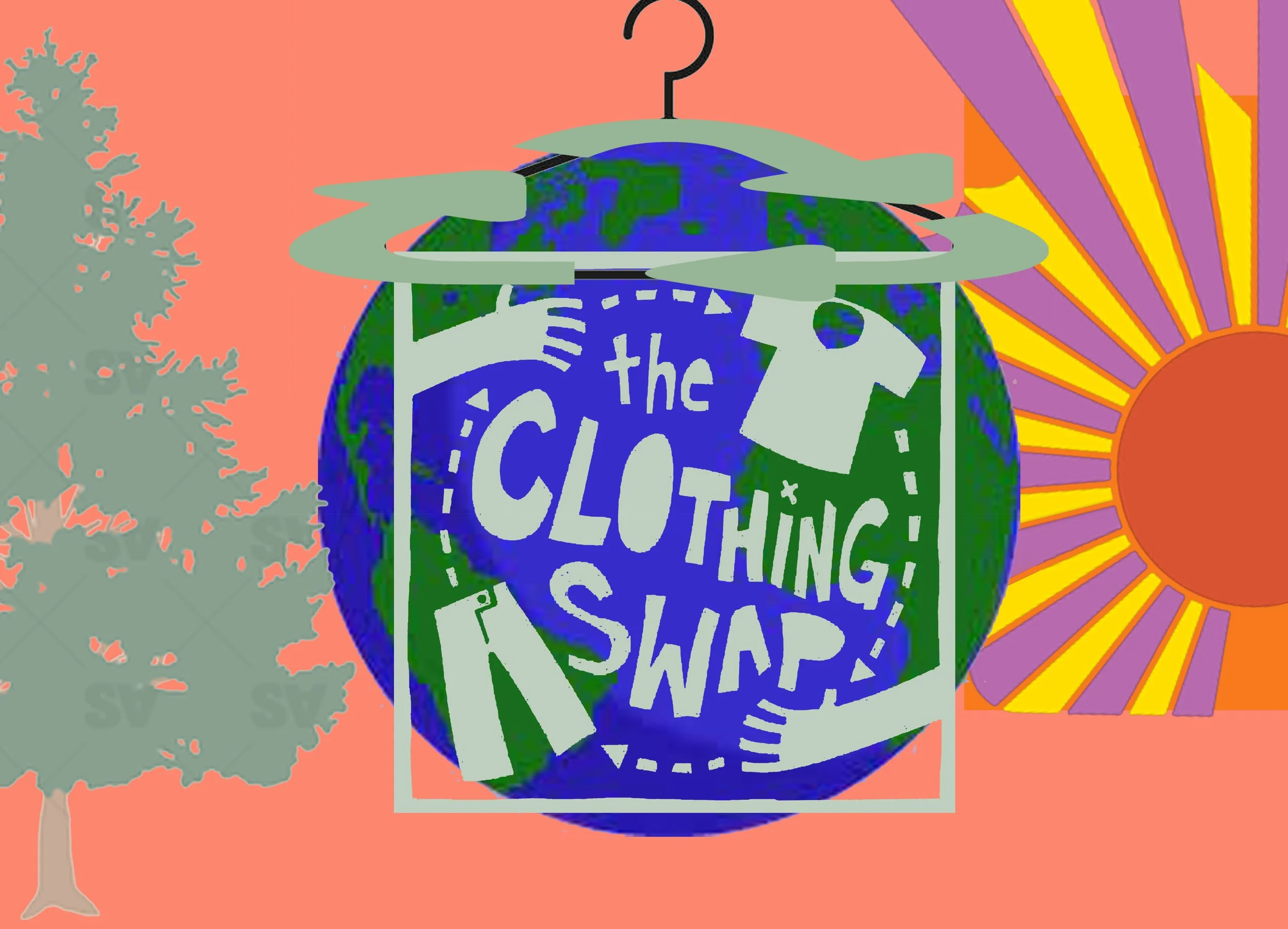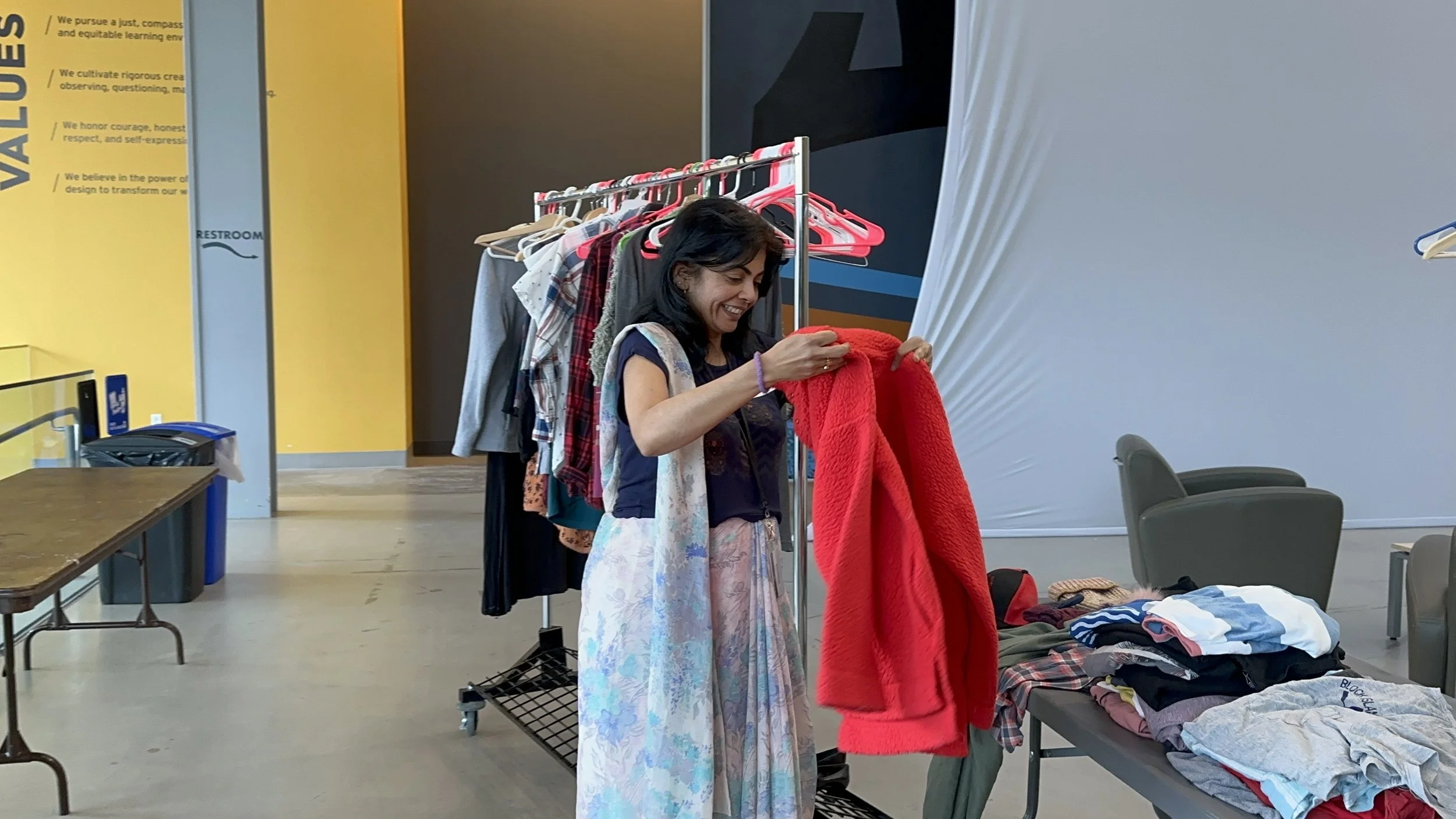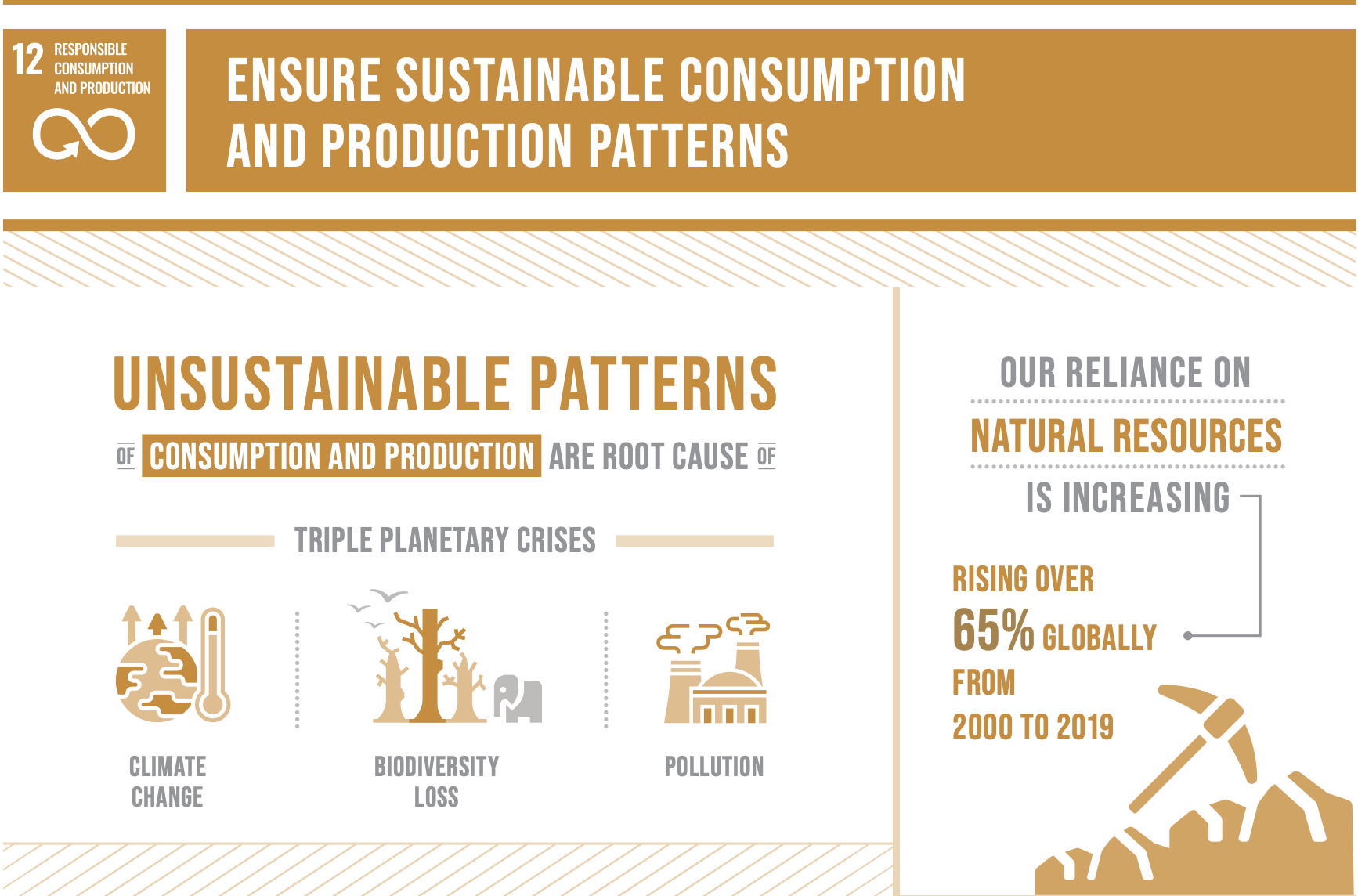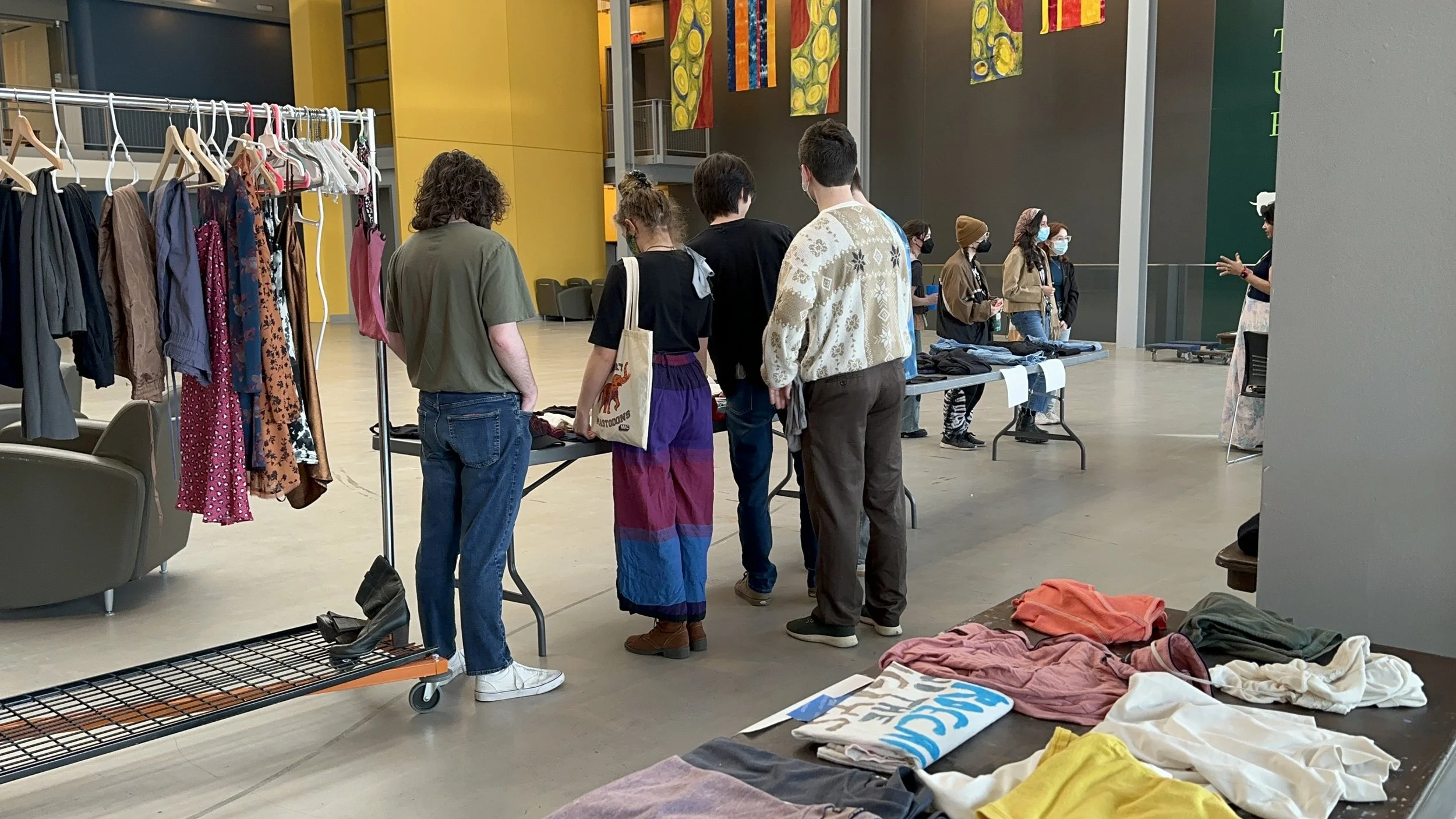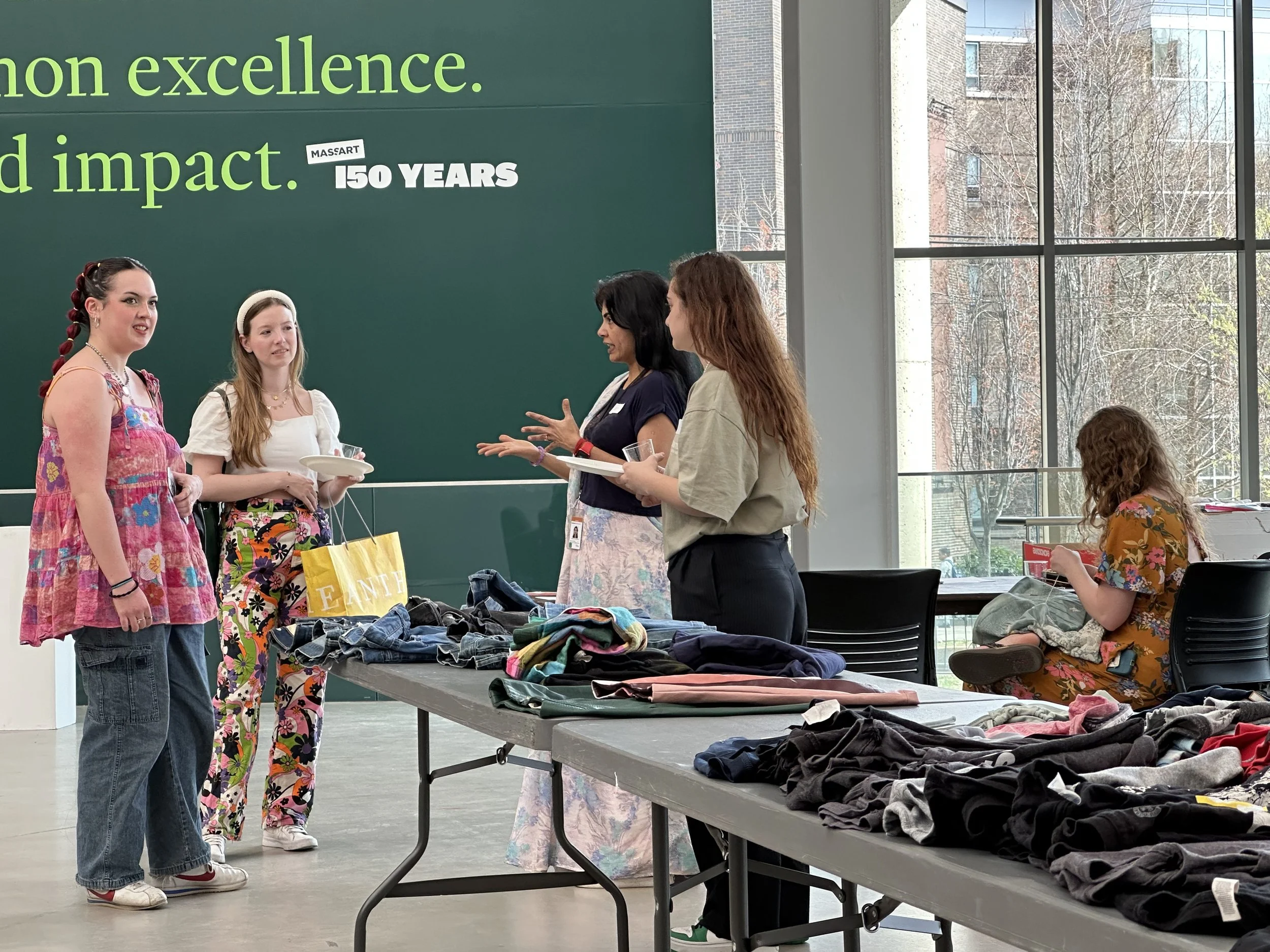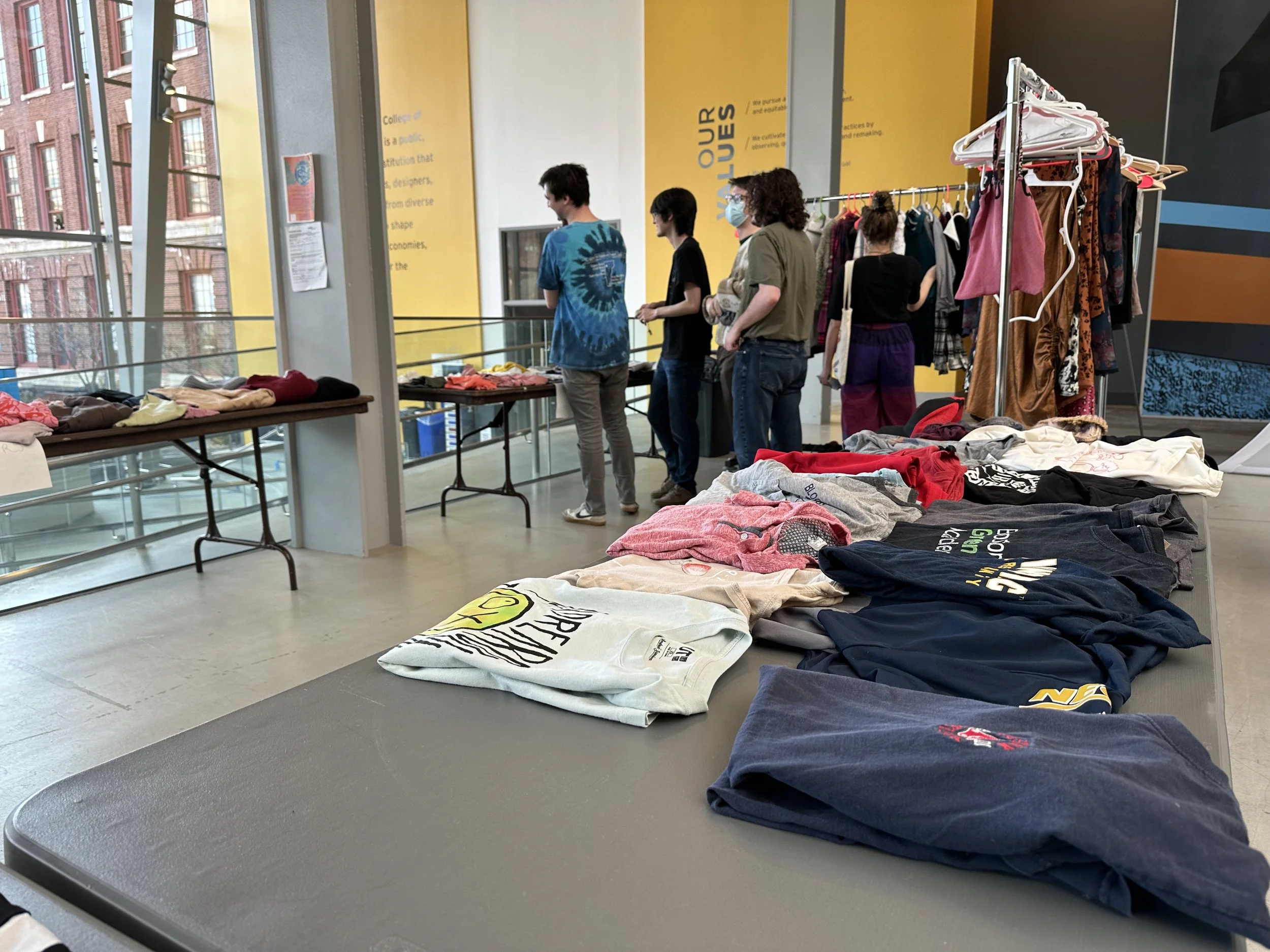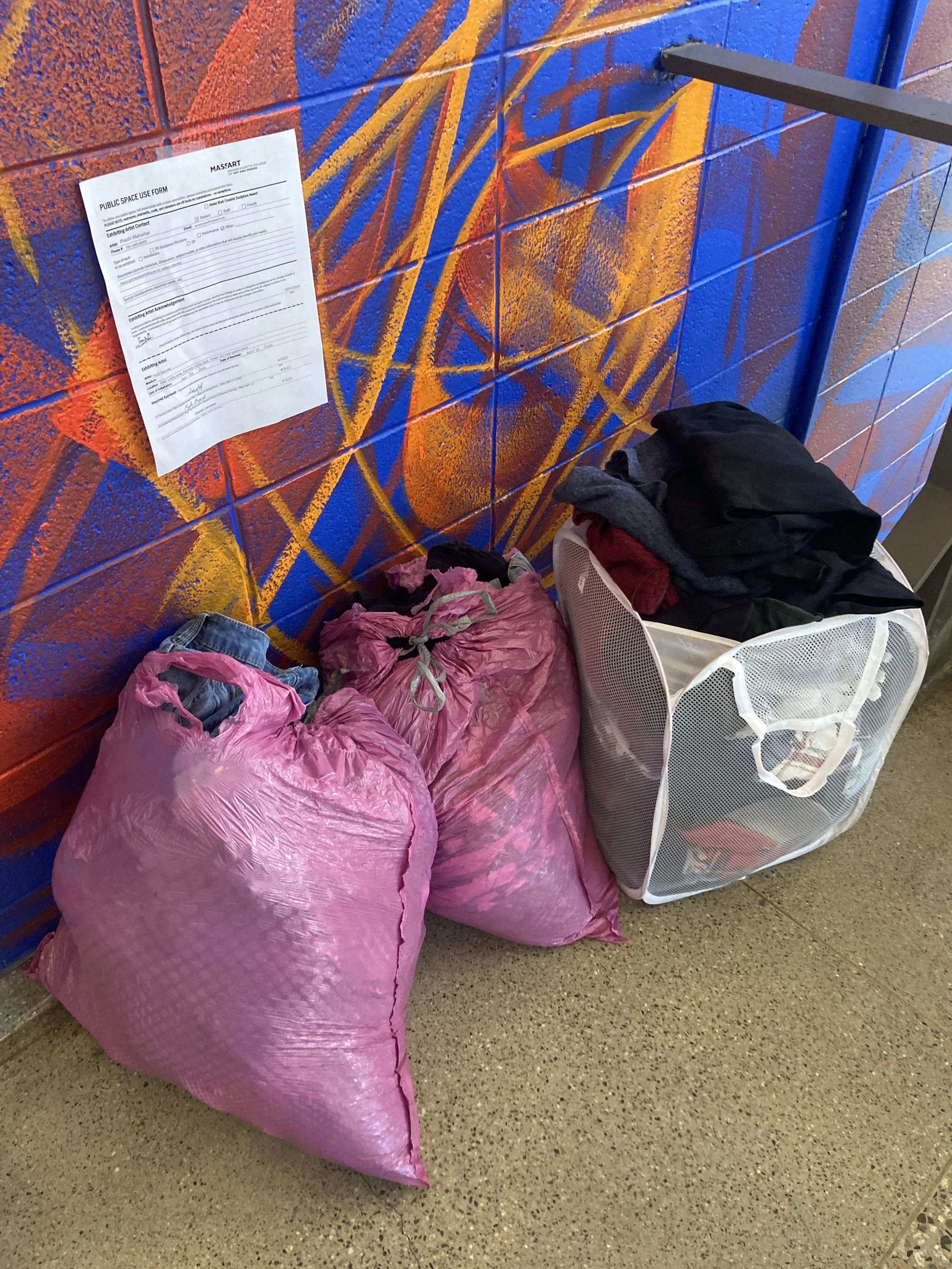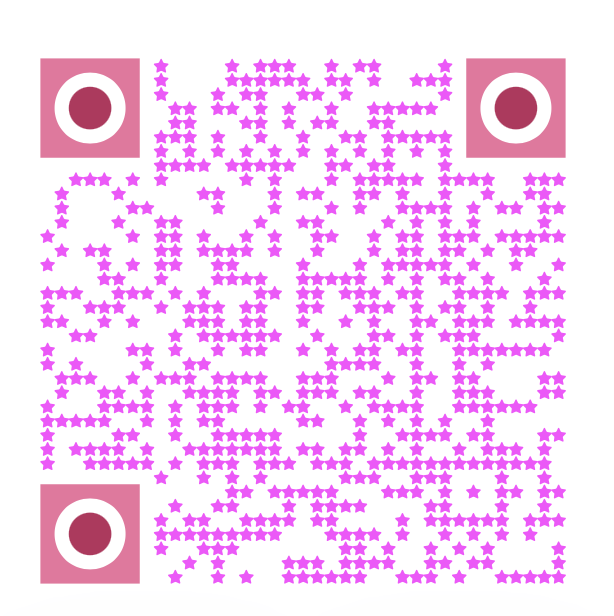Know Your SUPERPOWER
By Prachi Mahurkar
April 12th, 2023
Hey Mastodonian, do you know your SUPERPOWER? You, yes you, can make the clothing industry change its ways from harming the environment! That’s a huge power, right? I will share with you all what I know about harnessing this ability you have.
In my Sustainability and Fashion class, taught by Jennifer Varekamp, I learned of United Nations Sustainable Development Goals and specifically #12 Ensure sustainable consumption and production patterns.
CIRCULAR FASHION
Apparel that is designed, produced, and sourced to extend the lifecycle of the product for as long as possible and responsibly managing the end of its life. It is a cyclical system that emphasizes the longevity and lifecycle of an item by designing out waste and pollution.
Fashion business today is primarily focused on a linear system of “take, make, dispose”. In the process, raw materials are processed into fabric and apparel and shipped to different parts of the world to be sold. None of the brands have a plan for ‘end of life’ of the created item. Once a consumer decides they don’t want a piece of clothing in their closet, either because its old, damaged, out of style or simply bored of it, that item, most often gets thrown into trash and reaches the landfill. On an average an individual discards 70 pounds of clothing each year!
In 2015, as per Global Fashion Agenda, 92 million Tons of clothing were sent to landfill. 95% of that could be reused or recycled and represents a lost opportunity of more than USD 100 Billion annually. According to current forecasts, the world population will exceed 8.5 billion people by 2030 and global garment production will increase by 63% which means the linear model will soon reach its physical limits.
There is an urgent need for all brands to participate in circular design, also known as closed loop system, a design and production method that works to keep clothes in circulation for as long as possible.
Graphics Sourced from Fashion Takes Action
The global clothing industry, with a revenue of 1.7 trillion USD in 2022, will make changes when consumers like you and me, make the demand for sustainability, for thoughtfulness in each step of the process, an outcome assured following the Law of Supply and Demand in Economics. Let’s use our POWER and be a sustainable consumer!
Graphics Sourced from United Nations Sustainable Development Goals
One way to reduce the strain on natural resources and keep clothing in use, for a longer duration, would be to participate in clothing swaps. They are fun to participate in, you get to pick something unexpected, all without spending more money. As part of my Sustainability mini grant, I recently organized a clothing swap at our school MassArt. With Lillian and Monica’s help, we set up racks and tables with donated items: a few shoes & bags, some jackets, skirts & dresses, lots of tops and pants. Tina had set up a mending station in case needed. More than 50 people participated. This was the first swap most of the attendees had ever been to. The feedback received is for more clothing swaps on campus, which is very encouraging. And many of you know how to mend clothes, that’s another great way to keep using our clothes for much longer.
Learn more about MassArt Sustainability here.
Learn more about Massachusetts Textile Recovery Program here.
Learn more about Sustainable Resources.


